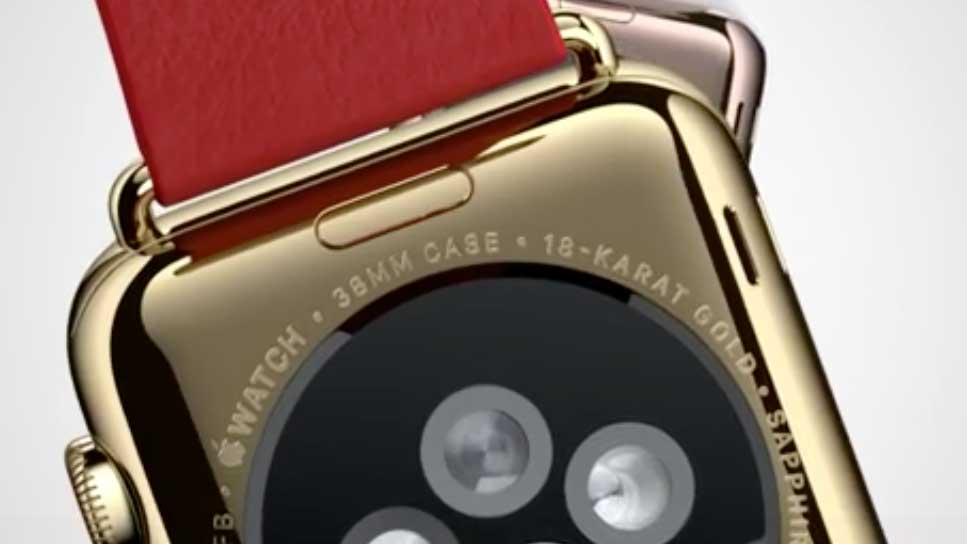Identity Management in the age of wearable technology
Wearing your Identity on your Sleeve

Given Apple's track record, it is likely that the Apple Watch is going to accelerate the adoption of wearable technology.
The success of the iMac, iPhone, and iPad bodes well for the Apple Watch, and it is likely that the sale of wearables, including smart glasses and smart watches, is going to grow exponentially.
A glance at the statistics supports this. A Deloitte study estimated that wearables would sell about ten million units in 2014, meaning that the industry is on track to generate $3 billion this year.
Research by Nielsen showed that only 15% of consumers currently use wearable technology on a daily basis, but these devices are set to become increasingly mainstream.
An NPD report found that 52% of people said they know about wearable technology and among those, a third said they would consider buying one. This is likely to escalate in the wake of the Apple Watch's arrival in 2015.
But who is using wearables?
The majority of owners are young, almost half (48%, according to Nielsen) are between 18 and 34 years old, and men and women are equally likely to use a wearable device.
Although many focus on the potentially negative impact of wearable technology, including security risks and network overload, it should also be seen as a great opportunity.
Sign up for breaking news, reviews, opinion, top tech deals, and more.
The list of connected devices will keep growing, as will the list of commercial opportunities for UK companies willing to invest in consumer-facing identity software.
As more and more organisations today go through digital transformation, identity software is becoming the critical technology that securely bridges cloud, mobile and Internet of Things (IoT) offerings – and this now includes wearable devices.
Identity considerations play an important role across industries, devices and for anything that touches consumers. Whether it is web applications, customer portals, mobile applications or now wearables, the common thread across all of these offerings is user identity.
A different mindset altogether
Want to securely share online medical data to provide better results from your health monitoring wearable? Identity is required.
Want to replace traditional home door locks with intelligent locks that use biometric data to authenticate family members? Again, identity.
To truly capitalise on wearable technology and the greater powers that it gives to consumers, businesses need to approach the challenge of identity services from a new angle. Wearables will connect consumers, devices and businesses at anytime and anywhere.
The classic "castle defence" mindset for protecting identity data behind a firewall becomes completely irrelevant. Identity systems need to manage data in real time, at internet scale.
And they need to do more than toggle between simple "yes" or "no" authorisation. Identity systems should be business enablers, facilitating relationships between each "thing" and its user.
A new identity
They should provide agility, flexibility and scalability to adjust the services offered in response to context, such as geographical location, time of day, familiarity of device and a variety of other factors.
Identity systems need to understand who you are, what devices you use and how you prefer to interact with services.
There is a name for this new type of identity service: identity relationship management (IRM). While IRM unquestionably improves security, it also provides an unparalleled opportunity to enhance the way that businesses interact with their customers.
The Apple Watch proves that the hardware is available and is here to stay.
Now, it is a matter of providing applications and services for this platform, and identity is essential to providing both the security and the personalisation needed to realise the value of wearable technology.
- Mike Ellis is the CEO of Forgerock, a company that offers a unified open source identify stack to protect enterprise, cloud, social and mobile applications at internet scale